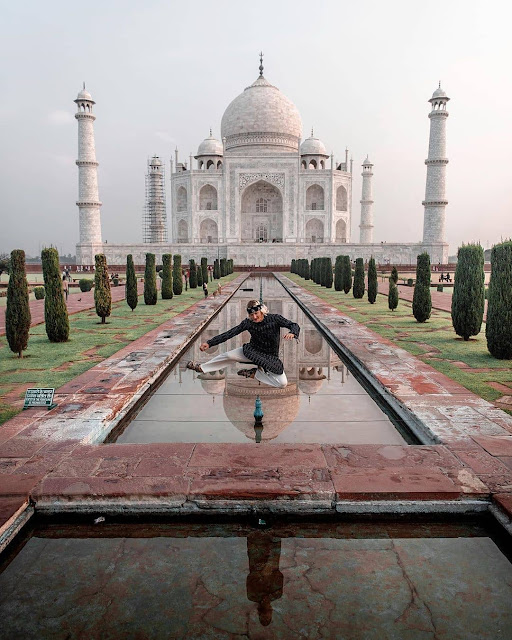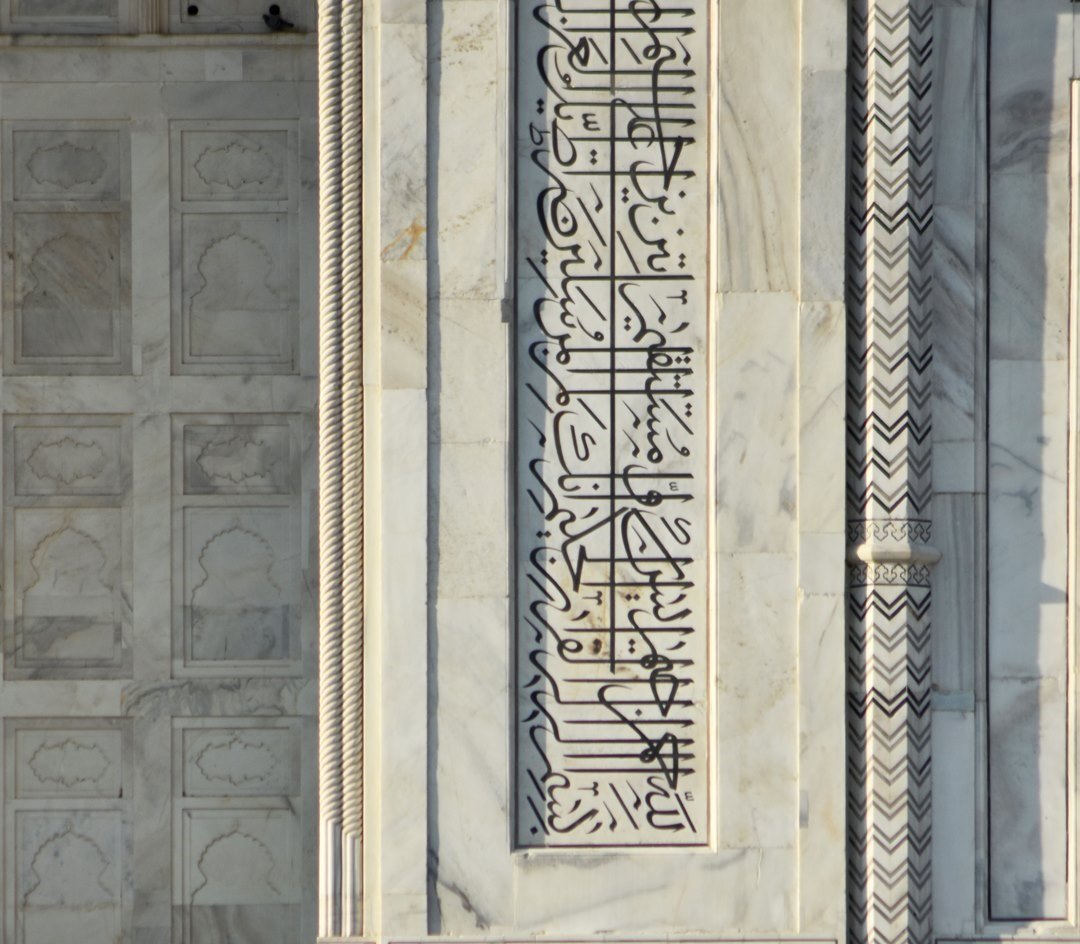A Taj Mahal Day Tour is an exciting and convenient way to explore the iconic monument and other popular attractions in Agra, India, all in a single day. This tour package typically involves a visit to the Taj Mahal, one of the world's most beautiful and significant landmarks, as well as other top-rated attractions in the city.
What is a Taj Mahal Day Tour and what does it typically involve?
From the moment you are picked up from your hotel, you will be immersed in a world of incredible architecture, rich history, and cultural heritage. You will visit the Taj Mahal at sunrise, when the crowds are minimal, and the light is perfect for capturing stunning photographs. Your knowledgeable local guide will provide fascinating insights into the history and significance of the monument, as well as its architectural features and intricate details.
After the Taj Mahal, the tour typically includes visits to other attractions in Agra, such as the Agra Fort, which is another UNESCO World Heritage Site and an impressive example of Mughal architecture. You may also visit other nearby attractions, such as the Itmad-ud-Daulah tomb or the Mehtab Bagh, which offers a breathtaking view of the Taj Mahal.
Throughout the tour, you will travel in comfort and style, with air-conditioned transportation and an experienced driver. You will also enjoy delicious local cuisine and have the opportunity to shop for souvenirs and handicrafts.
The Taj Mahal: A Day Tour Guide - Timings and Duration
A Taj Mahal Day Tour is an unforgettable experience that offers a glimpse into India's rich cultural heritage and history. Whether you're a first-time visitor or a seasoned traveler, this tour is sure to leave you with lasting memories and a deeper appreciation for the beauty and diversity of India.


.jpg)
.jpg)
.jpg)
.jpg)






































